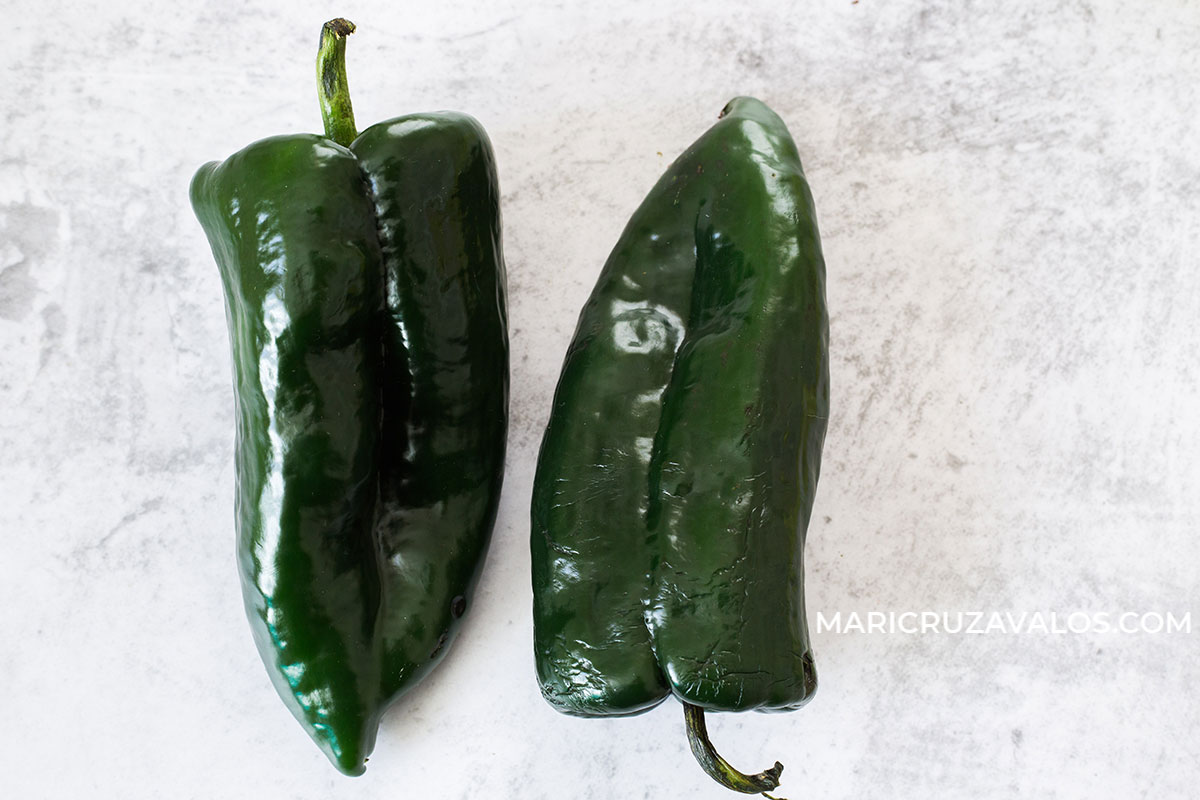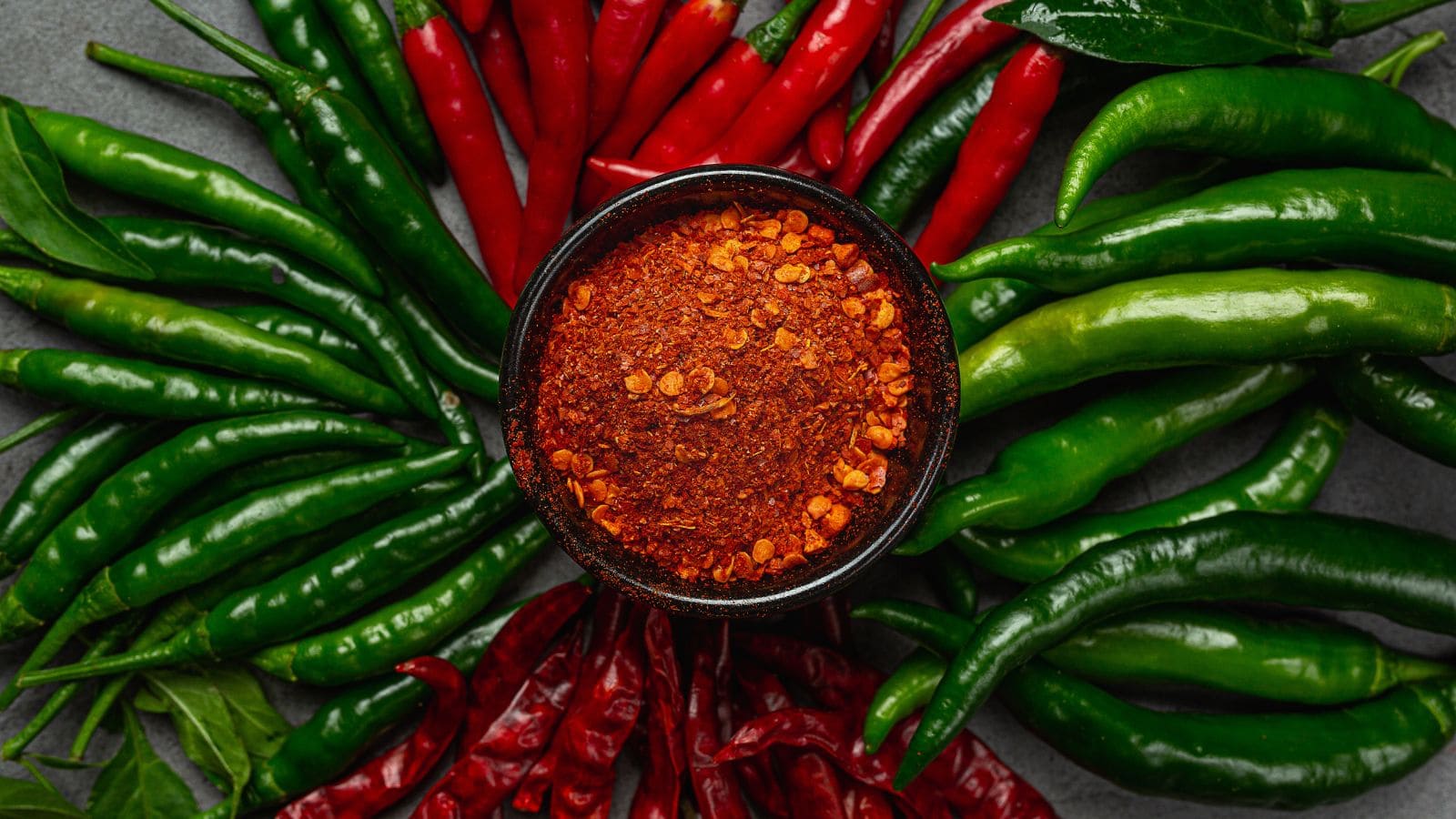Let’s get spicy! We’re taking a taste bud trip to Mexico to meet their all-star chiles. We’ll be talking chipotle’s smoky goodness, habanero’s fiery kick, and a bunch more. We’ll learn all about their history, how to cook with them, and basically unlock the secrets of Mexican food with these amazing peppers!
The Significance of Chili Peppers in Mexican Cuisine
Chili peppers, known as chiles in Mexico, are more than just a spice; they’re an integral part of the country’s identity. For thousands of years, chiles have been cultivated, appreciated, and celebrated in Mexican culture. They not only add heat but also a depth of flavor, complexity, and character to dishes.
Chile Morita

Chile Morita is a dried chili pepper with a raisin-like texture and a dark color. They are one of the two types of chipotle peppers, which are made after jalapeños has been ripen, dried, and smoked.
Jalapeño Chili Pepper

Jalapeños are the rock stars of the chili pepper world. These iconic green or red peppers have a medium level of spiciness and a distinct grassy, fresh flavor. Jalapeños are versatile, finding their way into salsas, guacamoles, and countless dishes. Try them in this Easy Jalapeño Salsa recipe.
Chile de Árbol

Chile de árbol translates to tree chili, and these slender, fiery red peppers certainly bring the heat. They are used to make spicy salsa roja and are often served as a condiment for tacos and other dishes.
Serrano Chili Pepper

Serrano chilies are known for their slender, elongated shape and vibrant green color. They pack a punch with a heat level that’s higher than jalapeños, making them a go-to choice for those who like their food spicy. Serranos are often used in pico de gallo and other Mexican salsas, adding a fiery kick that enhances the overall taste of the dish.
Poblano Chili Pepper

The poblano pepper is one of the milder chili peppers, typically having an earthy and slightly sweet flavor. These dark green, heart-shaped peppers are widely used in Mexican cuisine. Poblanos are known for their role in dishes like Espagueti Verde (green spaghetti).
Habanero Chili Pepper

Prepare your taste buds for a fiery journey with the habanero chili. These small, lantern-shaped peppers come in vibrant shades of orange and red. Habaneros are typically used in salsas and hot sauces, imparting a burst of fiery goodness that’s not for the faint of heart. A little goes a long way with habaneros, so use them sparingly.
Guajillo Chili Pepper

Guajillo chilies are known for their long, slender shape and mild to medium heat. They boast a slightly tangy and fruity flavor with a rich undertone. Guajillos are the backbone of many Mexican red sauces and marinades. Try them on this Chicken Guajillo stew.
Chipotle Chili Pepper

Chipotle peppers are unique among chili peppers due to their smoky flavor. They are made by smoking and drying ripe red jalapeños. The result is a wrinkled, dark-brown pepper with a smoky, earthy taste. Chipotles are perfect to blend into creamy sauces, try them on this Camarones al chipotle recipe.
Ancho Chili Pepper

Ancho chilies are a prominent feature in Mexican cuisine. These mild to moderately spicy, wrinkled, dark-red peppers are the dried form of poblano chilies. They offer a rich, sweet flavor with hints of dried fruit, tobacco, and coffee. Ancho chilies are often used to make traditional Mexican sauces and stews like birria.



Hi Maricruz,
Thanks for the explanation. I love chiles 🌶️ they make everything taste better. Have you found a good fusion of a Mexican chili with a chili typical of another cuisine?
Hi Ana, yes, I often cook with green chilies from China or Thailand and they’re the perfect substitute for chile serrano or chile jalapeño. The ones I found here are names just like that “chinese chilies” or “thai chilies” so not sure how they’re originally called.